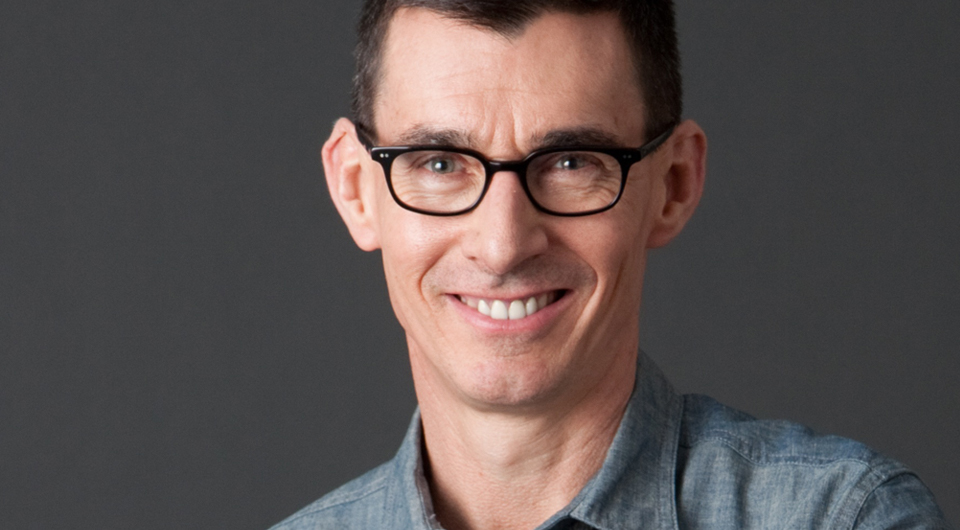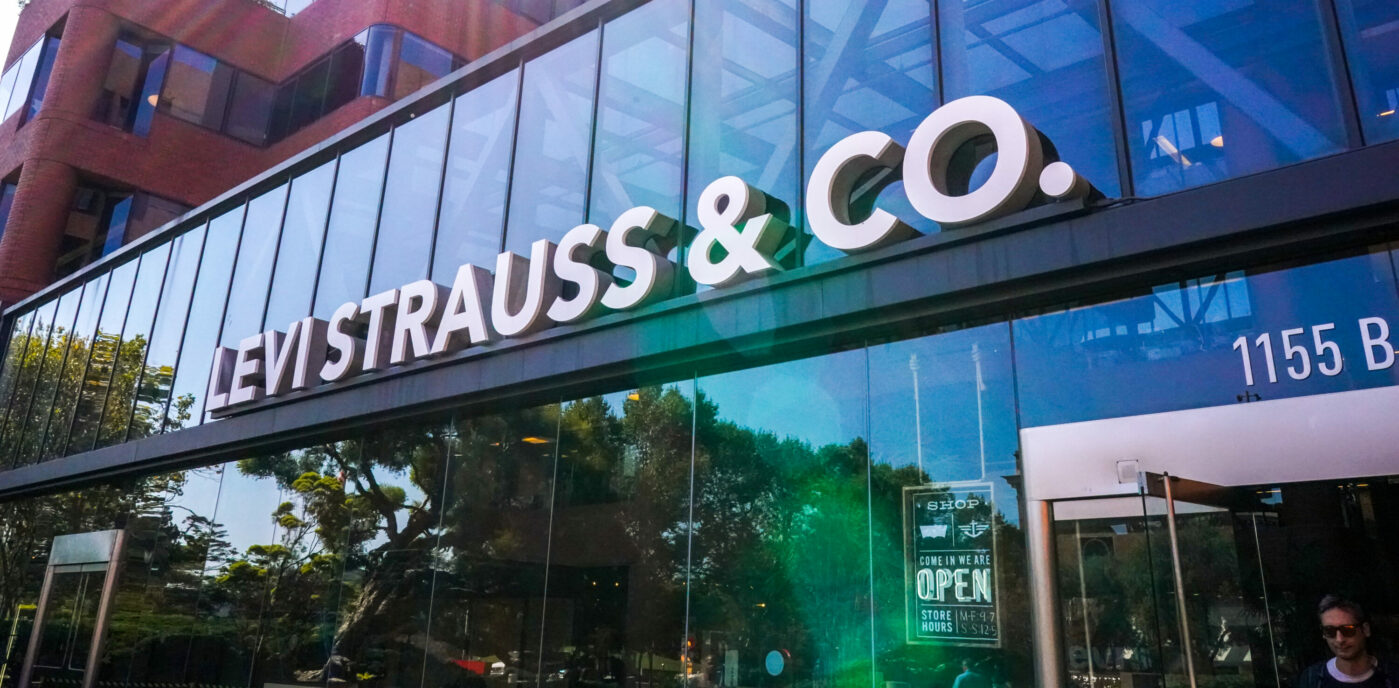Unpredictability is the new normal in the fashion industry, with big changes afoot both at home and abroad, according to industry experts – including Levi Strauss & Co. President and CEO Chip Bergh.
The State of Fashion 2018 report, released annually by The Business of Fashion and McKinsey & Co., provides insight into the factors shaping the fashion industry now and in the coming year. It acknowledged the fact that the industry is in the throes of “uncertain” and “challenging” times (the top two words that fashion executives used to describe the industry). Still, there’s a lot to be optimistic about.
Chip weighed in on this period of unprecedented change in an interview for the report.
Q: What were the defining themes of 2017?
Chip Bergh: The industry is seeing massive amounts of disruption from multiple sides … With the transparency that now exists online and the ability to shop by price, the consumer is obviously more informed today, has access to more information more quickly than ever before and has much higher expectations and standards than they did even five or six years ago. And finally, there is speed and agility: Every company is trying to figure out how to do things smarter, faster, quicker to market, so that they can respond to changing consumer signals in a really timely way, without needing to eat a lot of excess inventory.
Q: Have the big online e-commerce platforms become too big and important for a brand like Levi’s to ignore?
CB: We’ve been selling directly to Amazon for a while now; they’re a major customer. Amazon in the U.S. is our fastest growing customer — they’re a top 10 customer globally. Outside of the U.S., Tmall and Zalando are big, [also] Flipkart. I think brands really have to consider what their strategy is with each of these big customers, first and foremost. Do they want to play or not? You can’t disregard the fact that most of these platforms run a third- party marketplace, so, whether you like it or not … your brand’s likely going to be on that site anyway.
Q: What will be the biggest challenge of working with companies like Amazon?
CB: The big challenge now is that Amazon is introducing their own private-label apparel business and they’re going to be massive in apparel over time … and I think their real power, over time, is going to be the data they’re able to collect on their consumer. It’s just a question of time. You’ve got to love them, work with them and partner with them; recognize and respect the size and the scale of the business that they have; and recognize that they could become competitors.
Q: It’s clear that the economic and political situation in the U.S. remains ambiguous, with uncertainty around scale policy, trade policy, the dollar and issues with immigration. What is the impact?
CB: There are some pretty gloomy scenarios out there, whether it’s border adjusted tax [or] NAFTA falling apart. Any one of these things could have a major impact on the apparel industry here in the U.S. … For Levi Strauss & Co., if the border adjusted tax was put into place, this company would make no money, even our profitability would go negative. That’s how big of an impact it would have on us.
What’s going to happen with NAFTA? Nobody really knows. We’re in the midst now of trying to negotiate, but every now and then you hear, “Well we’re just going to walk away from it.” The hardest thing is the unpredictability of what’s going to happen in Washington.
Q: What’s your strategy for managing through this period of uncertainty?
CB: We’ve been around for [almost] 164 years. We’ve seen 30-plus presidents and administrations come and go and we’ve been through it all. We’ve been through world wars, we’ve been through the Great Depression. I’m a big believer on focusing on the things that you can control. It is difficult to predict where we are heading in the current political environment in the U.S. We can try to influence it, but we can’t control it. We can [only] control what our actions are. We can control where and how we’re going to allocate the critical resources — whether it’s money or people or whatever — to deliver the growth that we expect from ourselves and have committed to our shareholders.
Q: What do you think are the themes to watch out for in 2018?
CB: One is the role of big data and artificial intelligence, and how brands and companies really begin to leverage that to do a better job of connecting with consumers, and even formulating what their products and assortments look like. The second big thing is this whole fourth industrial revolution [and] the impact of digital, whether it’s 3D printing or graphic printing … The digitalization of manufacturing is going to become more of a factor in this industry over the next couple of years.
The last thing is I do think a shakeout is coming. There are going to be winners and losers. There are going to be brands that aren’t going to make it … I think [only the] strong brands are going to survive and that’s why I keep coming back to the strength of the Levi’s brand as one of the biggest assets we have. I’m really focused on how do we make it even stronger.
Read the full Q&A with Chip from Business of Fashion here.







